Corn Oil
We believe in providing top quality workmanship and are so confident in our level of service that we back.
We believe in providing top quality workmanship and are so confident in our level of service that we back.
Corn oil is a type of vegetable oil extracted from the germ (the nutrient-rich core) of corn kernels. It is widely used for cooking, frying, and baking due to its mild flavor and high smoke point.
Corn oil is composed of approximately 60% polyunsaturated fatty acids, predominantly linoleic acid (an omega-6 fatty acid), and about 30% monounsaturated fatty acids, mainly oleic acid. It contains roughly 13% saturated fatty acids, including palmitic and stearic acids, which contribute to its stability and shelf life. Additionally, corn oil is a good source of vitamin E, including tocopherols, which provide antioxidant properties and help protect the oil from oxidative damage. This composition gives corn oil its versatility and suitability for high-heat cooking and food processing.
Water is added to crude corn oil to hydrate phospholipids, which are then separated through centrifugation, reducing impurities and improving oil quality.
Phosphoric or citric acid is added to treat non-hydratable phospholipids, enhancing their removal in subsequent processes and ensuring smoother refining.
The oil is treated with an alkali solution (such as caustic soda) to neutralize free fatty acids, forming soap stock. This step also removes other impurities, improving oil quality and shelf life.
Activated bleaching earth or clay is added to adsorb unwanted color compounds, trace metals, and impurities. The oil is then filtered to produce a bright and clear product.
The oil is cooled under controlled conditions to crystallize waxes, which are then removed through filtration. This process ensures the oil remains clear and stable even at low temperatures.
Steam distillation under vacuum conditions eliminates odor-causing compounds, free fatty acids, and other volatile impurities, producing a neutral-smelling, high-quality refined oil.
For applications in colder regions, the oil undergoes winterization. Controlled cooling crystallizes any remaining solids, which are then removed through filtration, ensuring the oil remains clear and visually appealing at low temperatures.

Strategies to ensure proactive domination. At the end of the day,User generated content in real-time will have multiple touchpoints for offshoring.






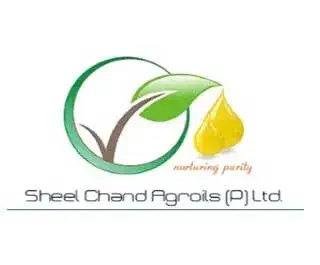
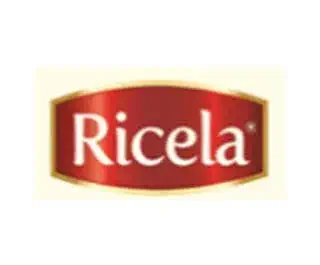
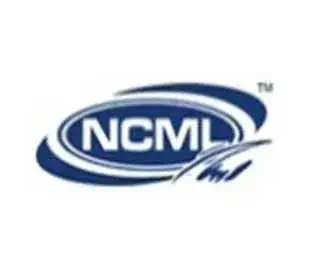





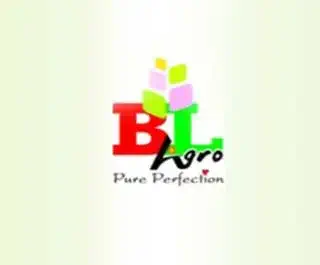

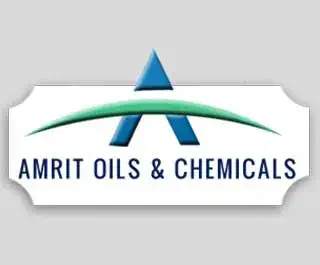
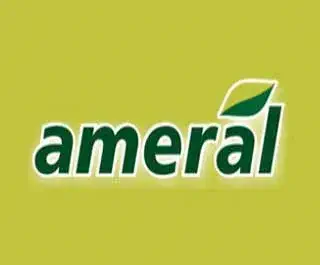



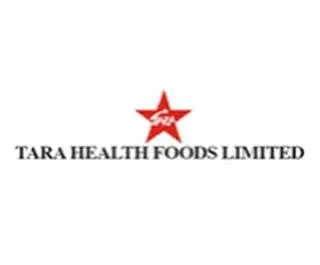
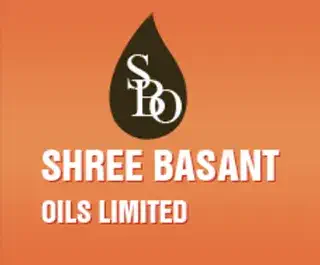
Discover some of the most asked questions regarding Corn Oil.
Corn oil is a vegetable oil extracted from the germ (the seed’s embryo) of corn kernels (Zea mays). It is commonly used in cooking, food processing, and industrial applications due to its mild flavor, high smoke point, and nutritional benefits.
Corn oil offers several advantages:
Corn oil is generally suitable for most diets. It is vegan and free from major allergens. However, individuals with specific dietary concerns should consult product labels and certifications. Some people might choose to moderate their intake of omega-6 fatty acids, which are abundant in corn oil.
Corn oil typically has a shelf life of 6 to 12 months when stored in a cool, dark place. Proper storage helps maintain its quality and prevent rancidity.
Yes, corn oil’s high smoke point and neutral flavor make it suitable for various cooking methods, including frying, sautéing, grilling, and baking. It is also commonly used in salad dressings and marinades.